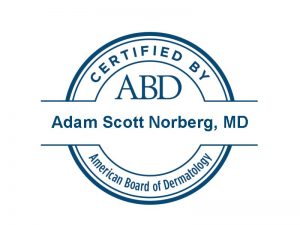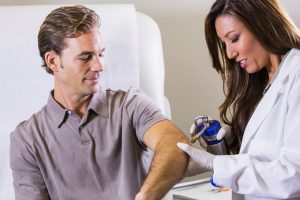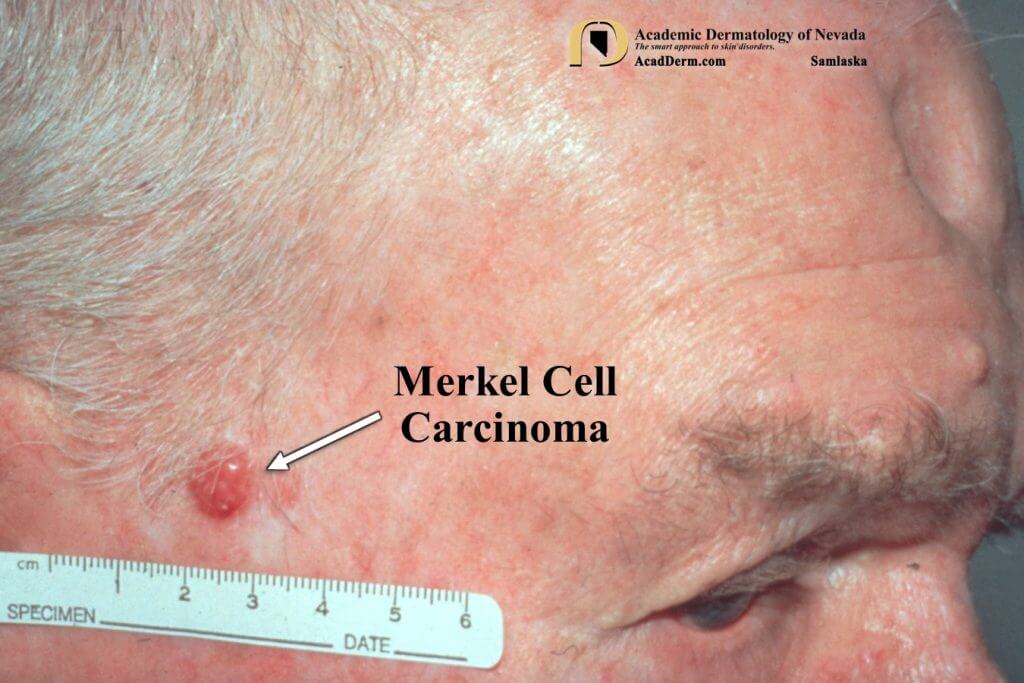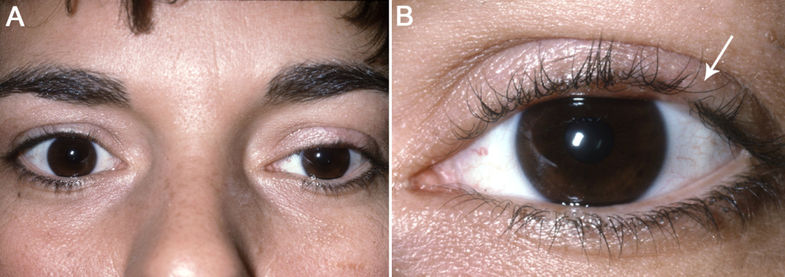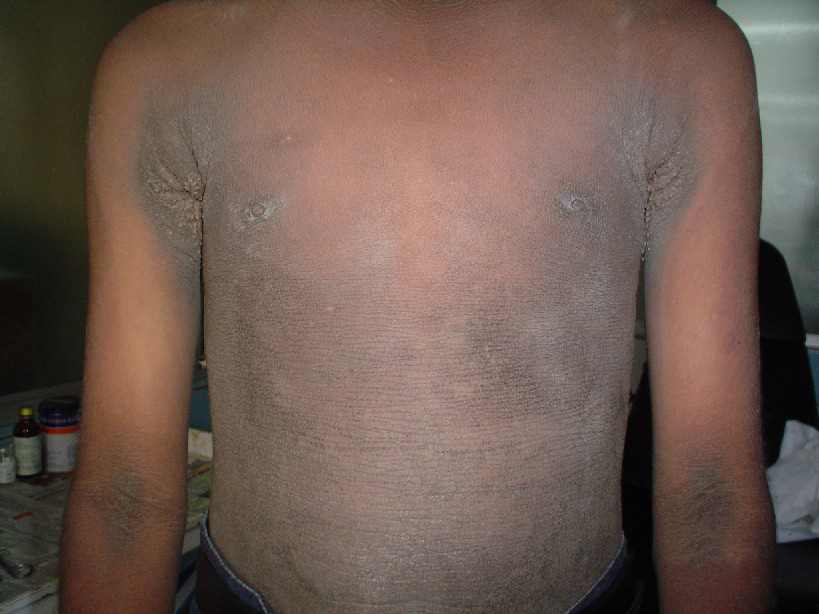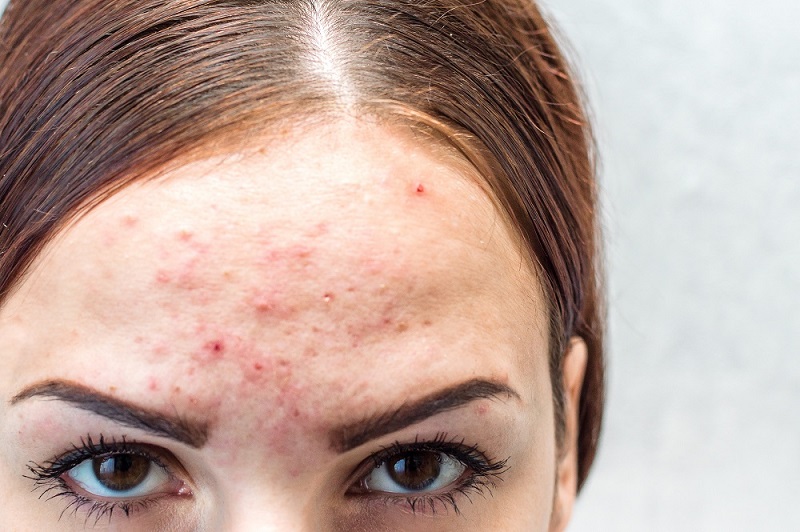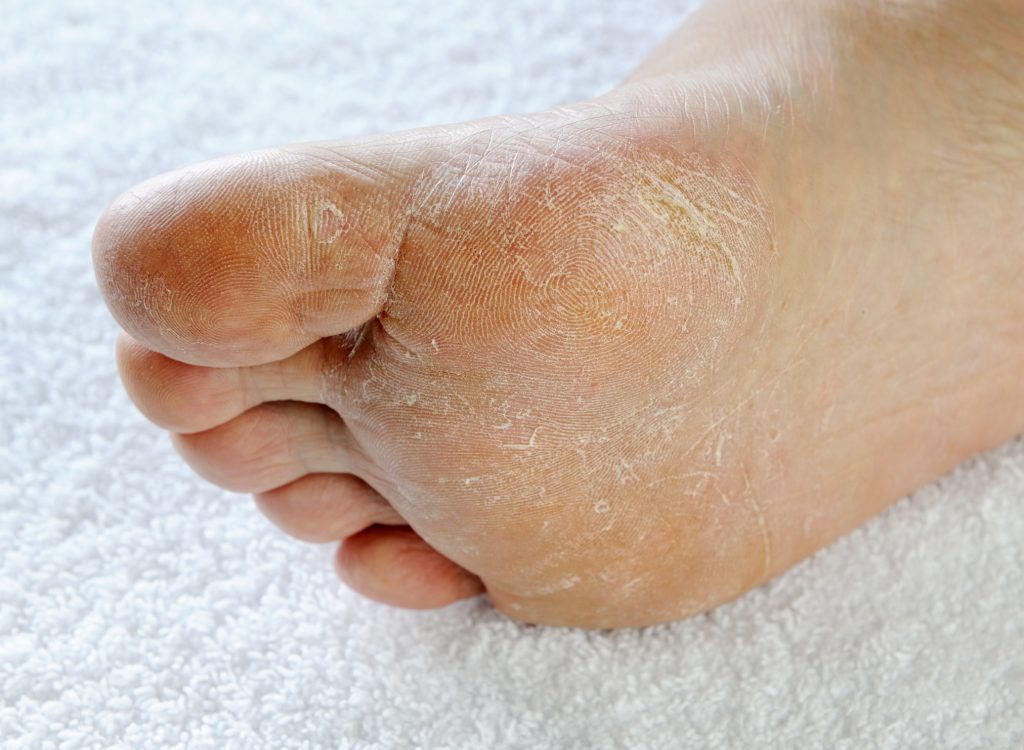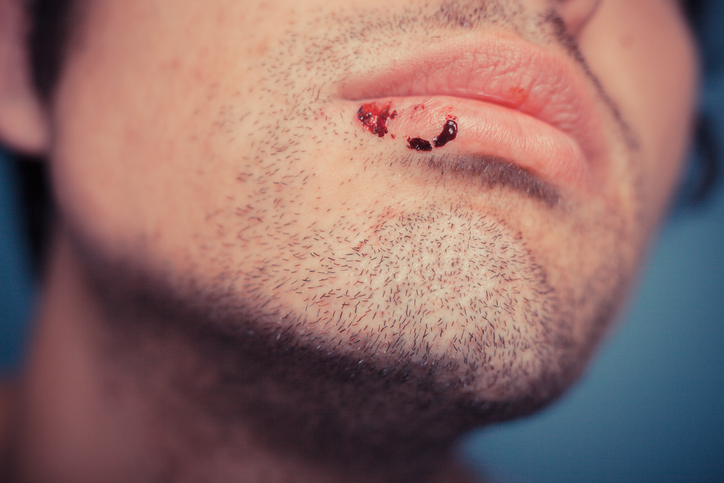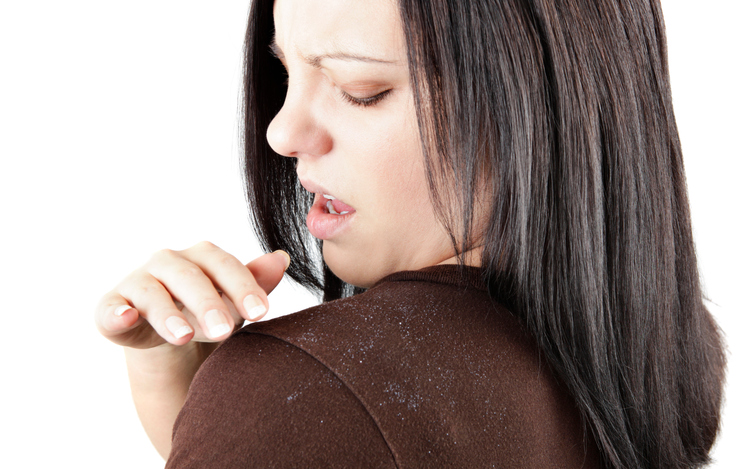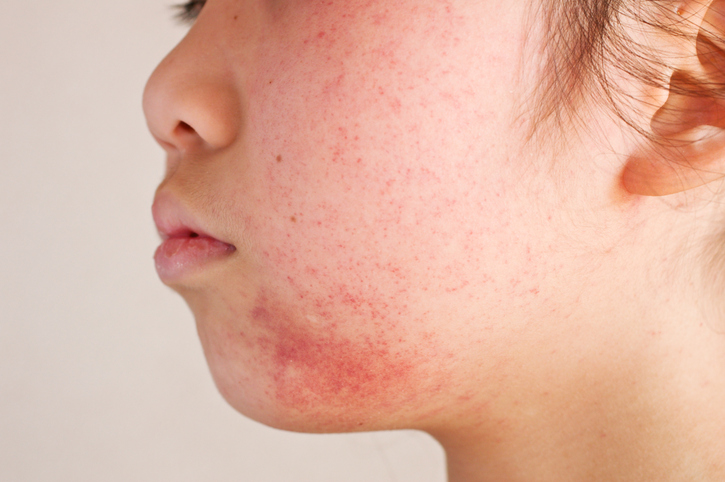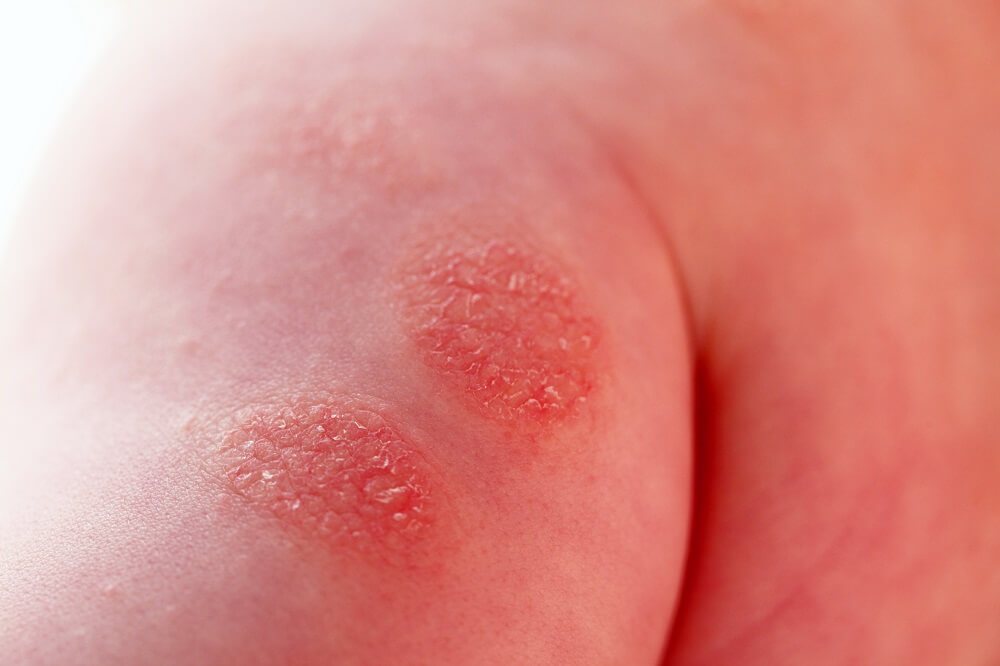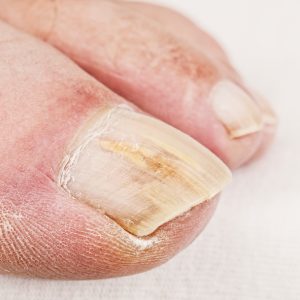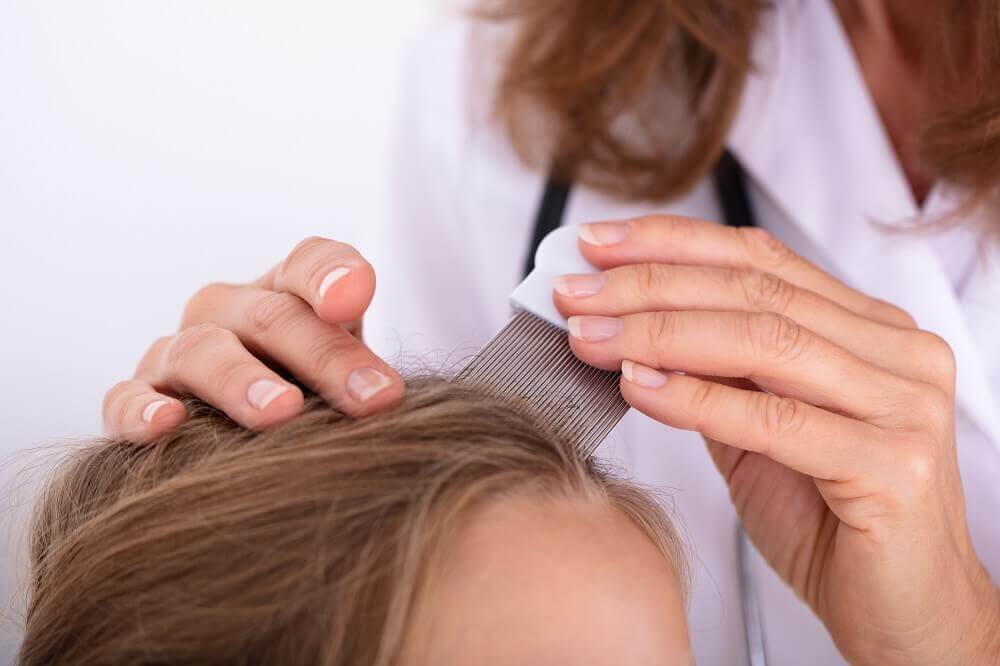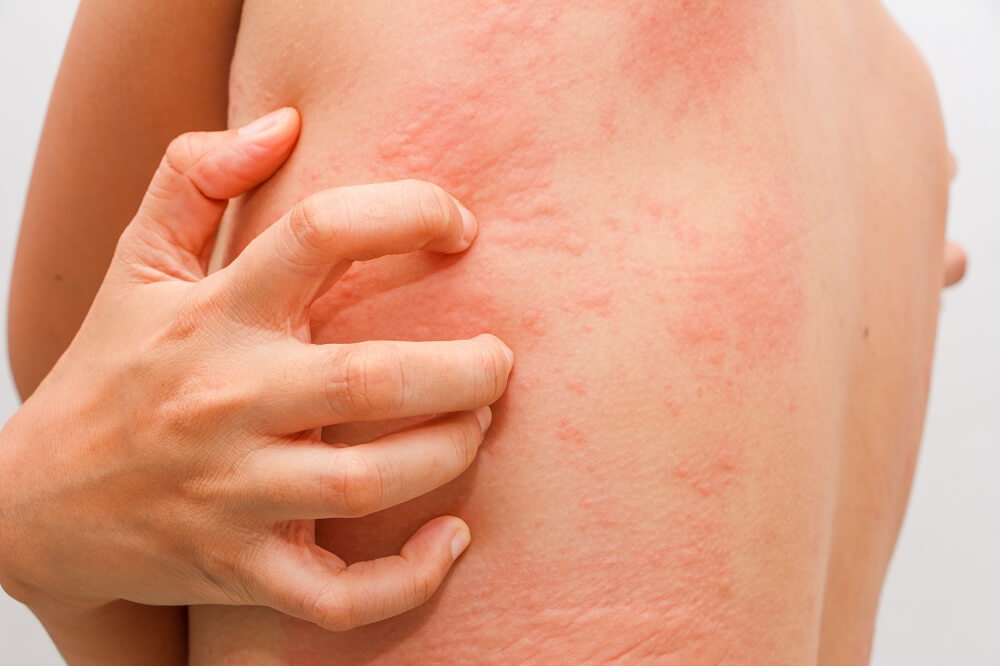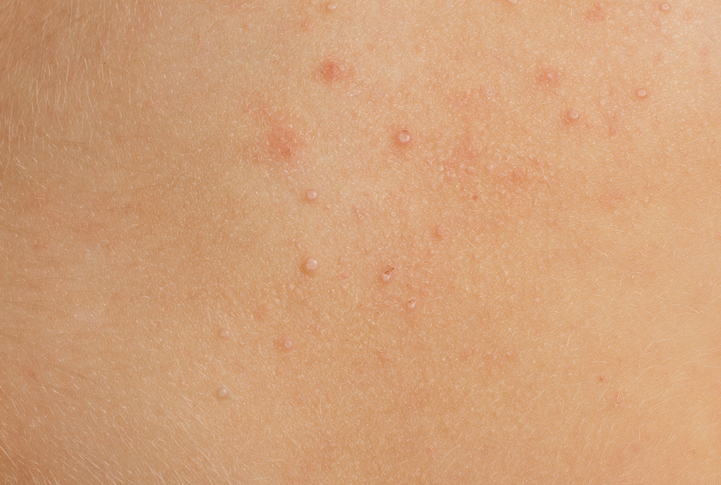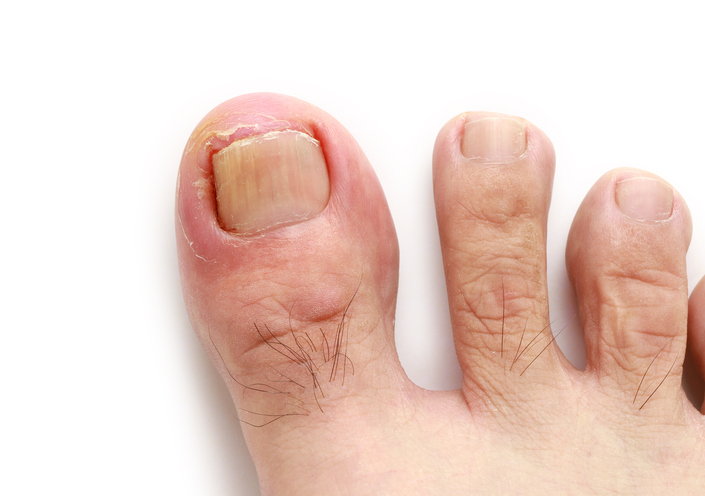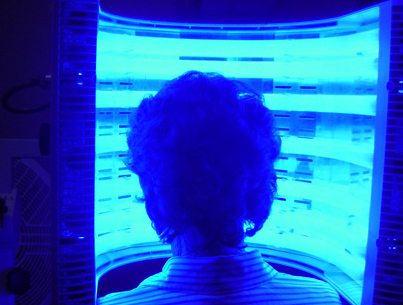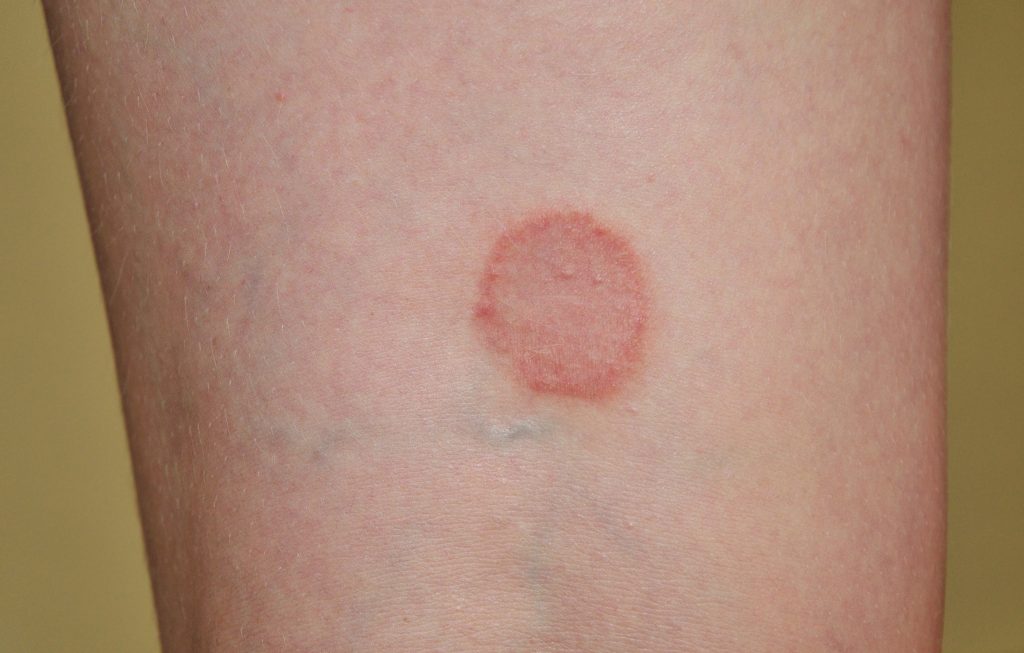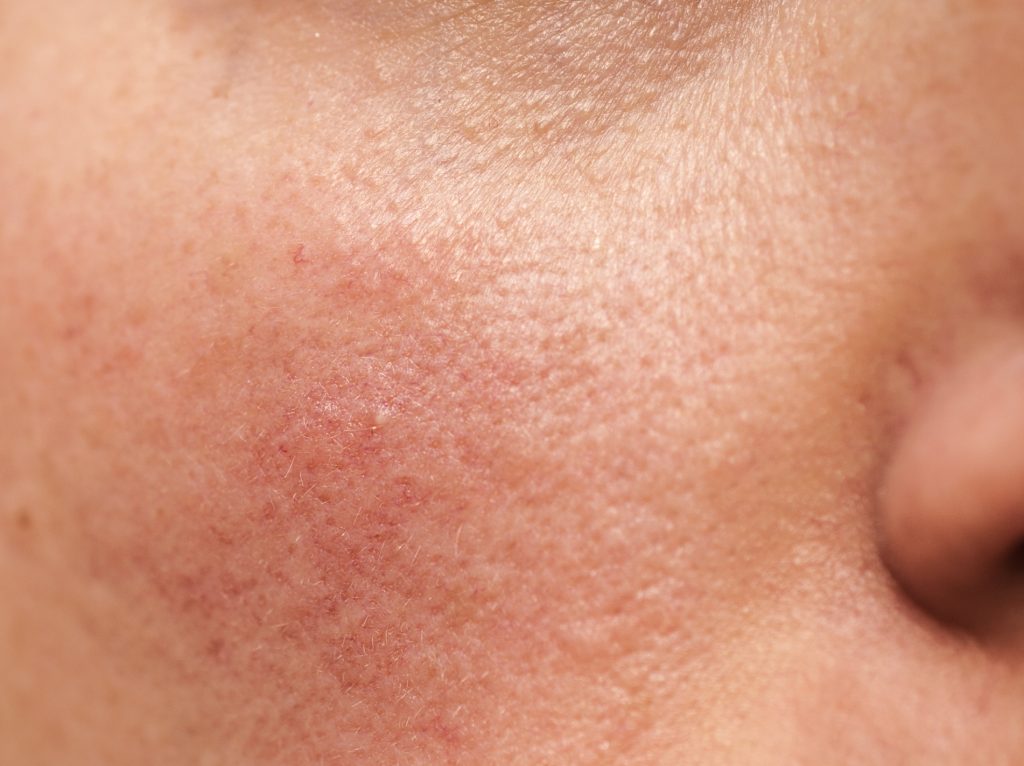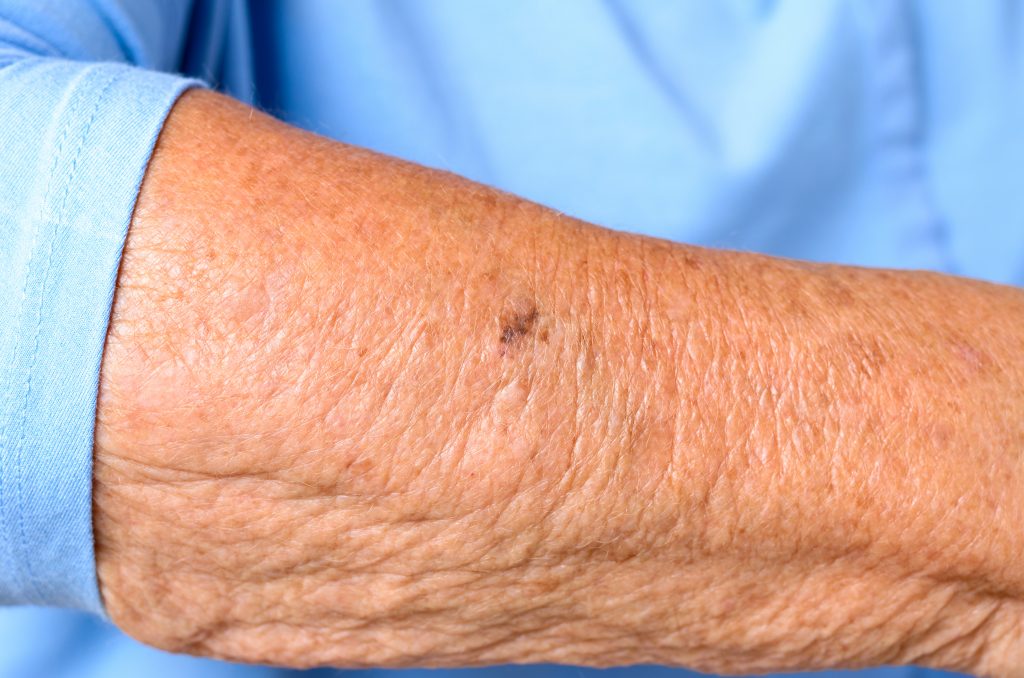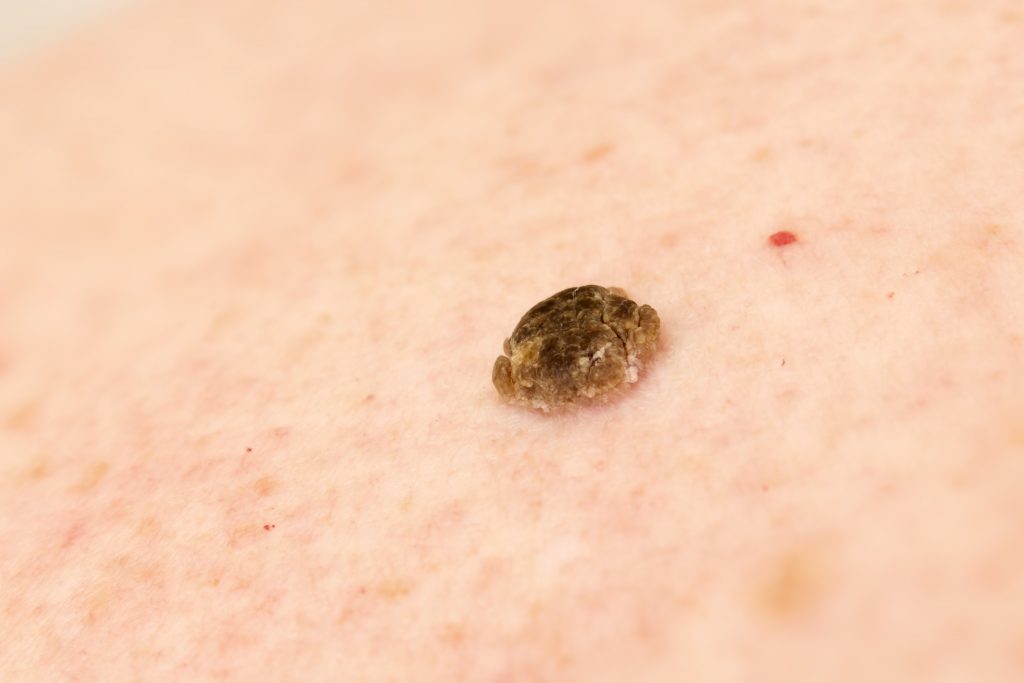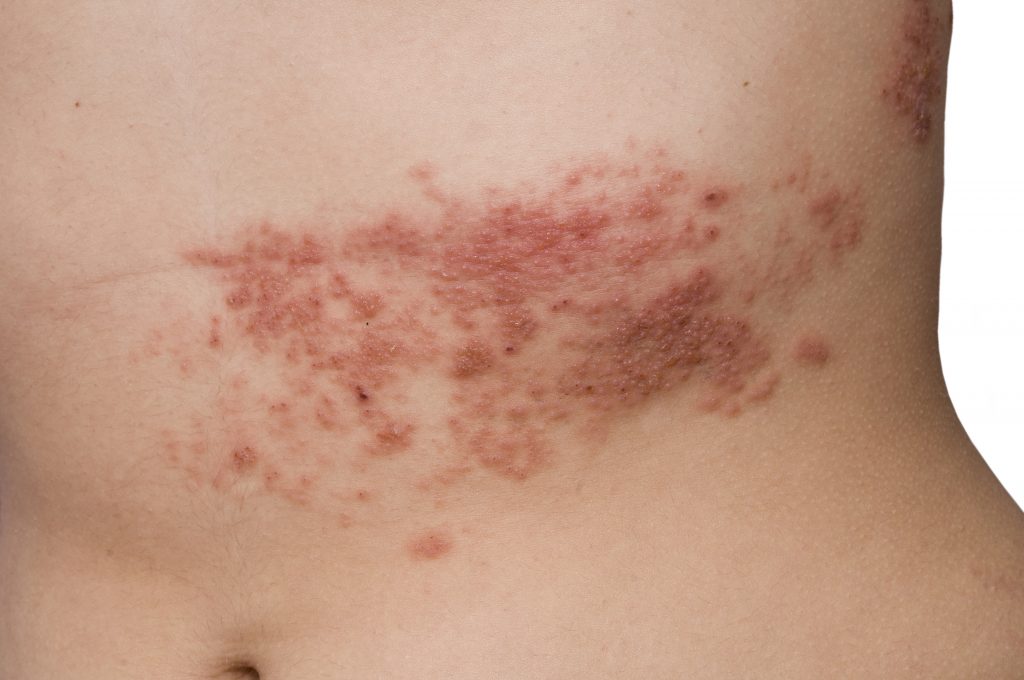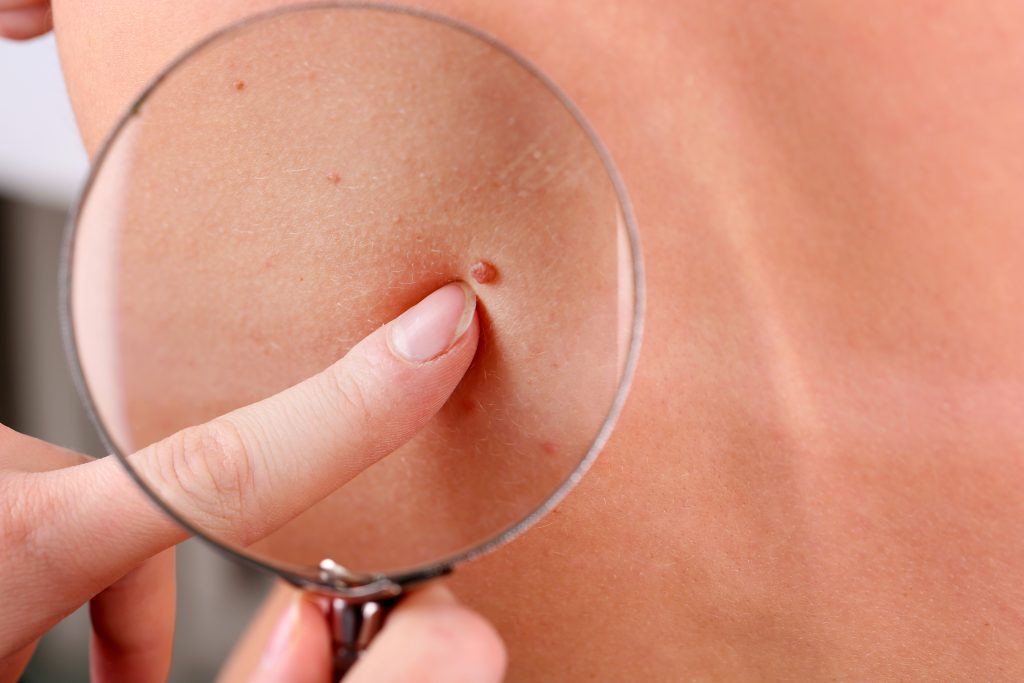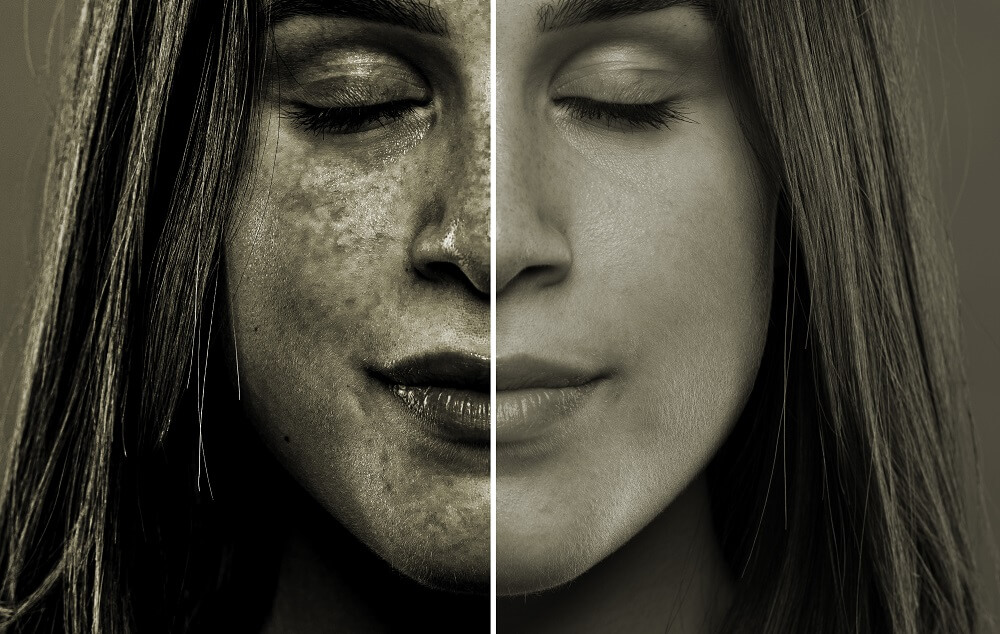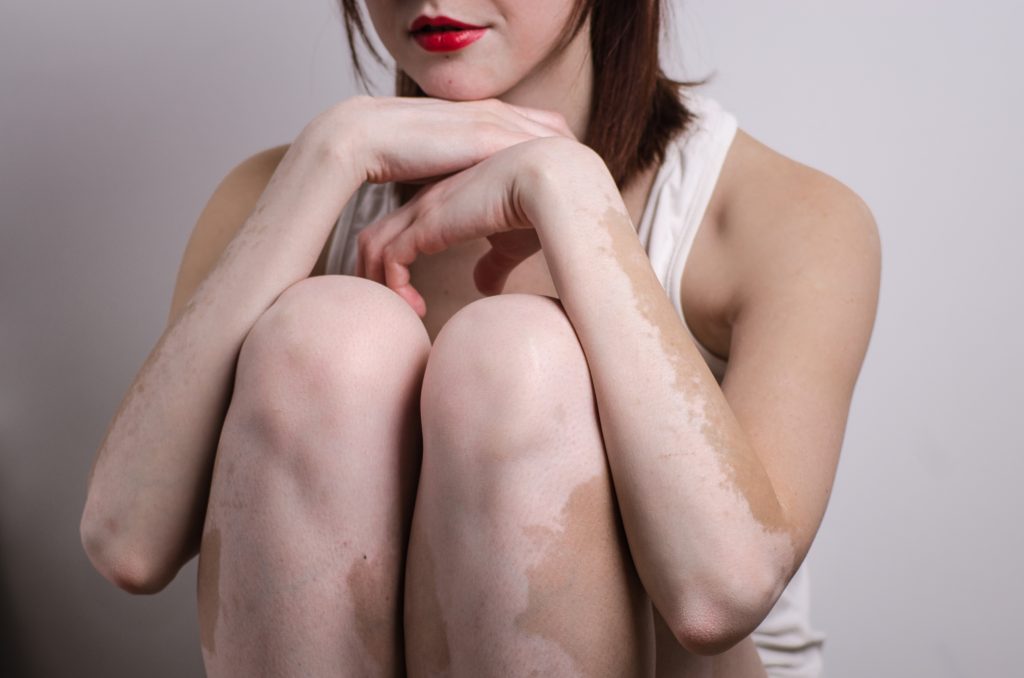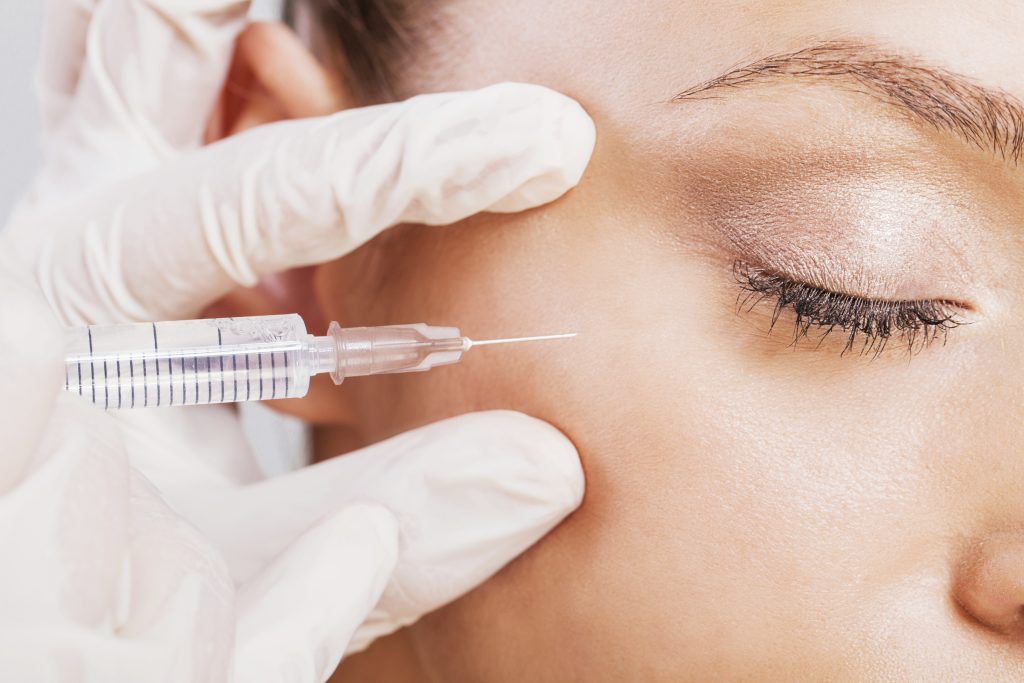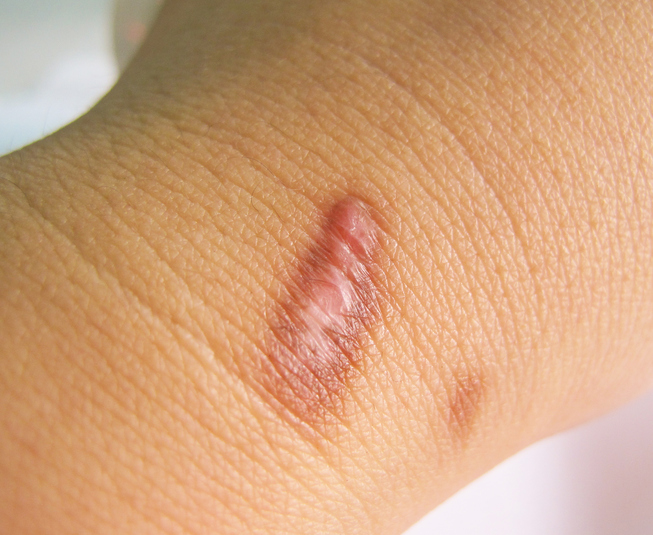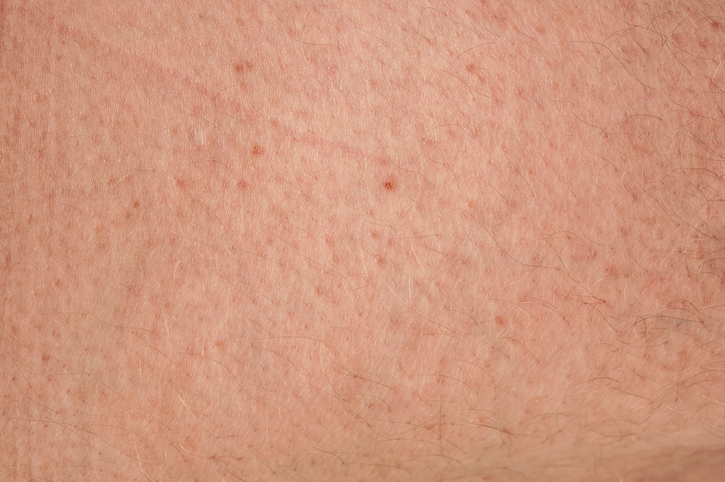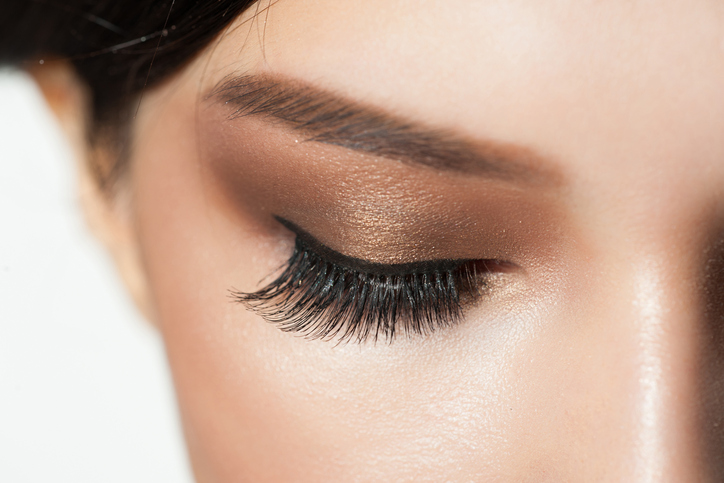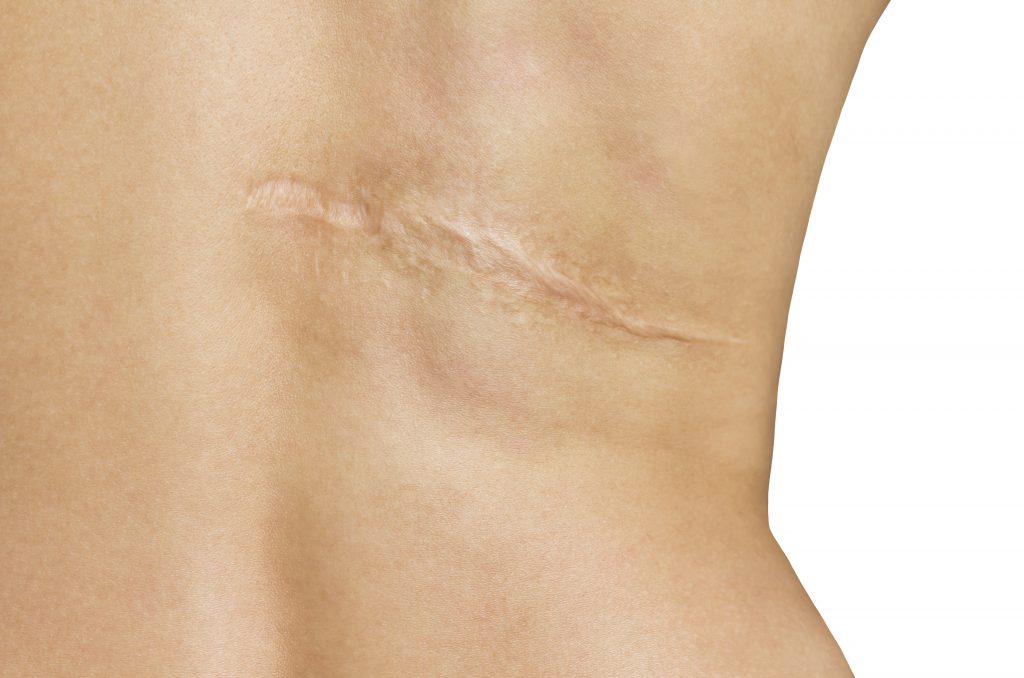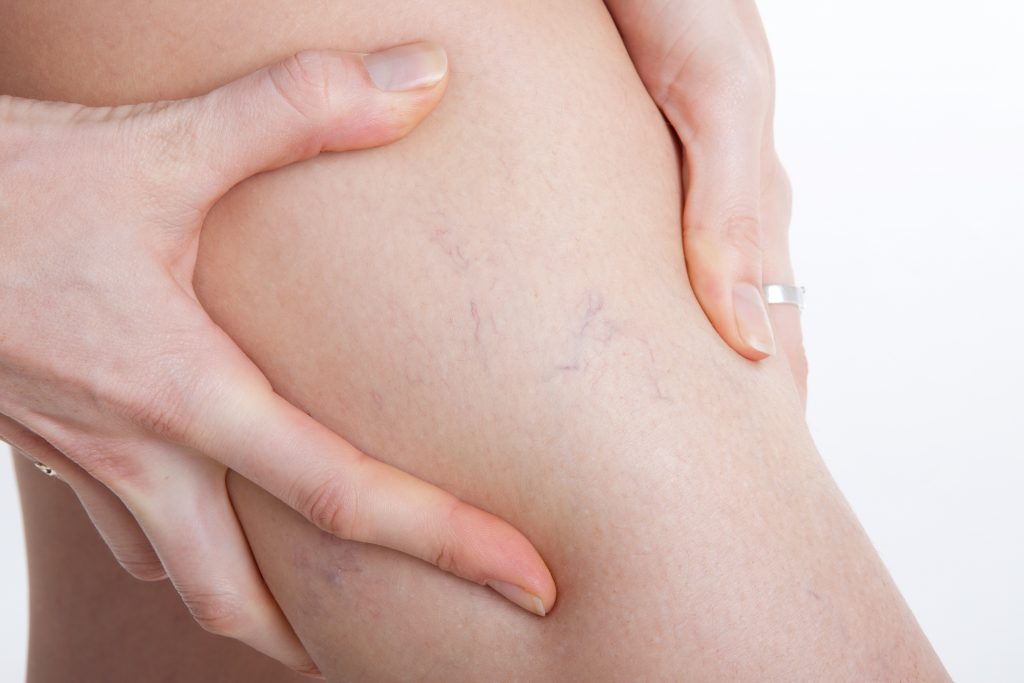Dr. Adam Norberg is a board-certified dermatologist, practicing at all three locations of Southwest Skin Specialists, now a part of U.S. Dermatology Partners.
A native of Mesa, Arizona, Dr. Norberg graduated summa cum laude with an undergraduate degree in kinesiology from Arizona State University. He earned his medical degree at the University of California, Los Angeles where he was inducted into the Alpha Omega Alpha Honor Medical Society. Dr. Norberg completed his internship in internal medicine at Kaiser Permanente Los Angeles Medical Center and his residency in dermatology at UCLA.
Dr. Norberg has special clinical interests in sports-related skin conditions, skin cancer, and cutaneous manifestations of internal diseases. He is passionate about providing an exceptional healthcare experience, educating patients about their health, and fostering lasting relationships with his patients. Dr. Norberg most enjoys the visual nature of dermatology and treating a wide variety of conditions and patients.
Dr. Norberg enjoys teaching and is an Assistant Clinical Professor at Creighton University School of Medicine. He also lectures to medical students at the University of Arizona College of Medicine-Phoenix.
In his free time, Dr. Adam Norberg enjoys coaching his kids’ athletic teams, listening to podcasts, pickleball, and spending time with his family.


